 Search by Keyword
|
“DR. ROBERT”
(John Lennon – Paul McCartney)
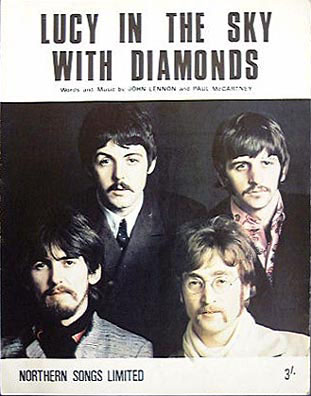 When was the first time that you suspected from listening to their music that The Beatles were using drugs? Most first generation fans would probably point to songs from the year 1967, such as the lyric “I get high with a little help from my friends,” or the imagery used in “Lucy In The Sky With Diamonds,” not to mention the supposed message hidden in the initials of that song. The year 1968 gave us clues as well, such as the lyrics “I need a fix ‘cause I’m going down” from “Happiness Is A Warm Gun” and “the deeper you go, the higher you fly” from “Everybody’s Got Something To Hide Except Me And My Monkey.” When was the first time that you suspected from listening to their music that The Beatles were using drugs? Most first generation fans would probably point to songs from the year 1967, such as the lyric “I get high with a little help from my friends,” or the imagery used in “Lucy In The Sky With Diamonds,” not to mention the supposed message hidden in the initials of that song. The year 1968 gave us clues as well, such as the lyrics “I need a fix ‘cause I’m going down” from “Happiness Is A Warm Gun” and “the deeper you go, the higher you fly” from “Everybody’s Got Something To Hide Except Me And My Monkey.”
 While there are probably many other examples that can be pointed to, the first obvious indication was on the 1966 “Revolver” album (or “Yesterday…And Today” album in the US). Only the naive would have thought that “Dr. Robert” was a song about John’s family "ear, nose and throat" physician. But then again, younger fans may have thought just that! John’s longtime friend Pete Shotton remembers, “When John first played me the acetate of ‘Dr. Robert,’ he seemed beside himself with glee over the prospect of millions of record buyers innocently singing along.” While there are probably many other examples that can be pointed to, the first obvious indication was on the 1966 “Revolver” album (or “Yesterday…And Today” album in the US). Only the naive would have thought that “Dr. Robert” was a song about John’s family "ear, nose and throat" physician. But then again, younger fans may have thought just that! John’s longtime friend Pete Shotton remembers, “When John first played me the acetate of ‘Dr. Robert,’ he seemed beside himself with glee over the prospect of millions of record buyers innocently singing along.”
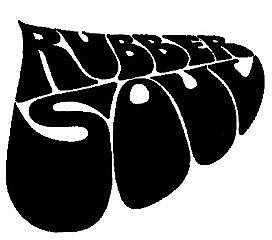 While the group had been drug users for awhile before this time, they had only hinted at this fact in their music up to this point. The lyrics “turn me on” were slyly included in the song “She’s A Woman,” and the description of a woman as being a “Day Tripper” were two notable examples, but they were included in such a way that not many would suspect anything. The song “The Word” was admittedly written under the influence of pot, as was a lot of the “Rubber Soul” album, but that was also veiled in disguise. It wasn’t until 1966 that they threw all caution to the wind and released a song that was blatantly about a drug pusher. While the group had been drug users for awhile before this time, they had only hinted at this fact in their music up to this point. The lyrics “turn me on” were slyly included in the song “She’s A Woman,” and the description of a woman as being a “Day Tripper” were two notable examples, but they were included in such a way that not many would suspect anything. The song “The Word” was admittedly written under the influence of pot, as was a lot of the “Rubber Soul” album, but that was also veiled in disguise. It wasn’t until 1966 that they threw all caution to the wind and released a song that was blatantly about a drug pusher.
The subject matter may have been clear, but the real curiosity here was with his identity. Who really was “Dr. Robert”?
Songwriting History
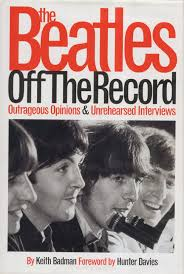 “It’s all about a queer!” This was John Lennon’s response when asked about the song during an interview as detailed in Keith Badman's book "The Beatles Off The Record." Keep in mind, however, that when he was asked about the inspiration behind “Eleanor Rigby” his response was “two queers.” Also, when a reporter asked what they thought about a Time Magazine article that explained “Day Tripper” as being about a prostitute and “Norwegian Wood” as being about a lesbian, Paul’s response was “We were just trying to write songs about prostitutes and lesbians, you know.” Obviously they were joking at the expense of those who were trying to interpret their music. Therefore, we can easily rule out “Dr. Robert” being about a “queer.” “It’s all about a queer!” This was John Lennon’s response when asked about the song during an interview as detailed in Keith Badman's book "The Beatles Off The Record." Keep in mind, however, that when he was asked about the inspiration behind “Eleanor Rigby” his response was “two queers.” Also, when a reporter asked what they thought about a Time Magazine article that explained “Day Tripper” as being about a prostitute and “Norwegian Wood” as being about a lesbian, Paul’s response was “We were just trying to write songs about prostitutes and lesbians, you know.” Obviously they were joking at the expense of those who were trying to interpret their music. Therefore, we can easily rule out “Dr. Robert” being about a “queer.”
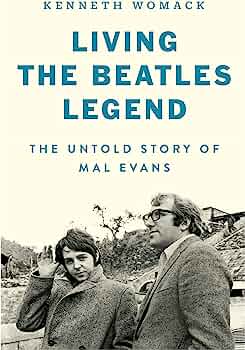 Another curious quote from John about the song came in 1980. "It was about myself. I was the one that carried all the pills on tour and always have done. Well, in the early days. Later on the roadies did it, and we just kept them in our pockets loose, in case of trouble." One of those roadies, Mal Evans, confirms in detail his being used by the band to carry their drugs in a special bag in his memoirs, these being revealed in the Kenneth Womack's book "Living The Beatles Legend: The Untold Story Of Mal Evans." Another curious quote from John about the song came in 1980. "It was about myself. I was the one that carried all the pills on tour and always have done. Well, in the early days. Later on the roadies did it, and we just kept them in our pockets loose, in case of trouble." One of those roadies, Mal Evans, confirms in detail his being used by the band to carry their drugs in a special bag in his memoirs, these being revealed in the Kenneth Womack's book "Living The Beatles Legend: The Untold Story Of Mal Evans."
 While this appears to be the final word on the matter, there seems to be much more to the story. In 1966, many pointed to art dealer and Beatles friend Robert Fraser, who author Barry Miles acknowledged "was a walking pharmacy." However, referring to a New York doctor that The Beatles heard about, Paul explains: “We’d hear people say, ‘You can get anything off him, any pills you want.’ It was a big racket. The song was a joke about this fellow who cured everyone of everything with all these pills and tranquilizers. He just kept New York high.” While this appears to be the final word on the matter, there seems to be much more to the story. In 1966, many pointed to art dealer and Beatles friend Robert Fraser, who author Barry Miles acknowledged "was a walking pharmacy." However, referring to a New York doctor that The Beatles heard about, Paul explains: “We’d hear people say, ‘You can get anything off him, any pills you want.’ It was a big racket. The song was a joke about this fellow who cured everyone of everything with all these pills and tranquilizers. He just kept New York high.”
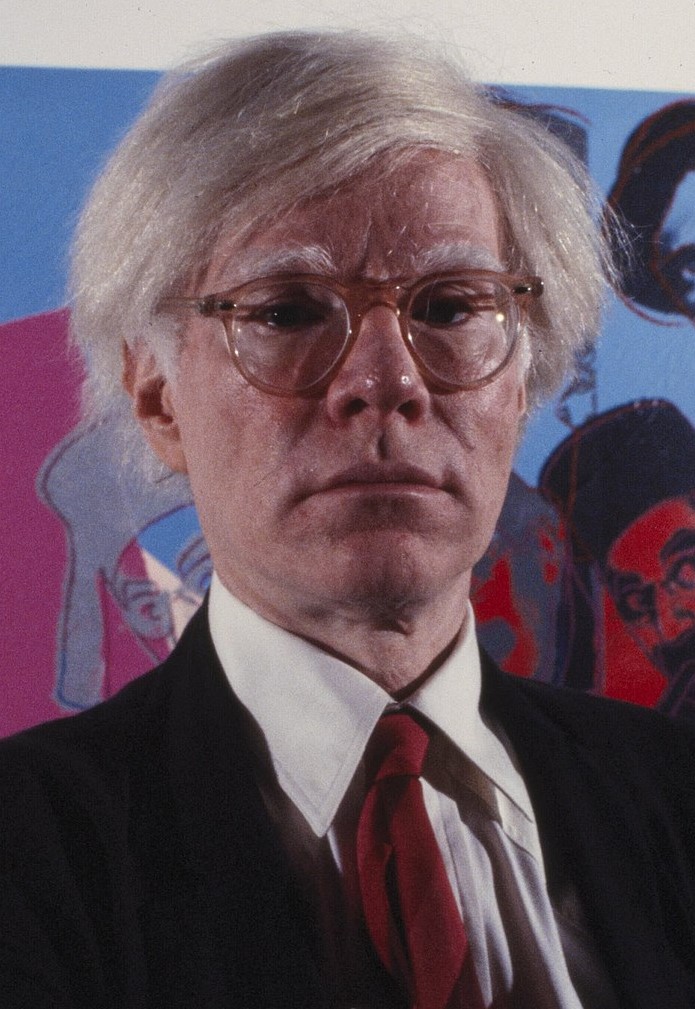 Pete Shotton attempts to add more details to the story, explaining: “John paid sardonic tribute to an actual New York doctor. His real name was Charles Roberts, whose unorthodox prescriptions had made him a great favorite of Andy Warhol’s entourage and, indeed, of The Beatles themselves, whenever they passed through town.” Pete Shotton attempts to add more details to the story, explaining: “John paid sardonic tribute to an actual New York doctor. His real name was Charles Roberts, whose unorthodox prescriptions had made him a great favorite of Andy Warhol’s entourage and, indeed, of The Beatles themselves, whenever they passed through town.”
As for The Beatles actually visiting this doctor, Paul himself puts this to rest, saying, “As far as I know, neither of us ever went to a doctor for those kind of things. But there was a fashion for it and there still is. Change your blood and have a vitamin shot and you’ll feel better.” Since The Beatles have been very candid about their drug use during those years, the above statement appears to have the ring of truth.
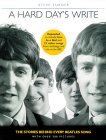 One other detail that needs clarification is the name Charles Roberts. Probably because of Pete Shotton’s account, this physician's name had been well circulated in Beatles lore for a time. However, in Steve Turner’s book “A Hard Day’s Write,” it is explained that a New York doctor by this name “didn’t exist. It was an alias used by the biographer of Warhol actress Edie Sedgwick, Jean Stein, to conceal the identity of another ‘speed doctor.’” One other detail that needs clarification is the name Charles Roberts. Probably because of Pete Shotton’s account, this physician's name had been well circulated in Beatles lore for a time. However, in Steve Turner’s book “A Hard Day’s Write,” it is explained that a New York doctor by this name “didn’t exist. It was an alias used by the biographer of Warhol actress Edie Sedgwick, Jean Stein, to conceal the identity of another ‘speed doctor.’”
 The speculation about the actual identity of “Dr. Robert” is convincingly cleared up in Paul McCartney’s book “Many Years From Now.” Co-author Barry Miles, reiterating Paul’s account, explains as follows: “In fact, the name was based on the New York Dr. Feelgood character Dr. Robert Freymann, whose discreet East 78th Street clinic was conveniently located for Jackie Kennedy and other wealthy Upper East Siders from Fifth Avenue and Park to stroll over for their vitamin B-12 shots, which also happened to contain a massive dose of amphetamine. Dr. Robert’s reputation spread and it was not long before visiting Americans told John and Paul about him.” The speculation about the actual identity of “Dr. Robert” is convincingly cleared up in Paul McCartney’s book “Many Years From Now.” Co-author Barry Miles, reiterating Paul’s account, explains as follows: “In fact, the name was based on the New York Dr. Feelgood character Dr. Robert Freymann, whose discreet East 78th Street clinic was conveniently located for Jackie Kennedy and other wealthy Upper East Siders from Fifth Avenue and Park to stroll over for their vitamin B-12 shots, which also happened to contain a massive dose of amphetamine. Dr. Robert’s reputation spread and it was not long before visiting Americans told John and Paul about him.”
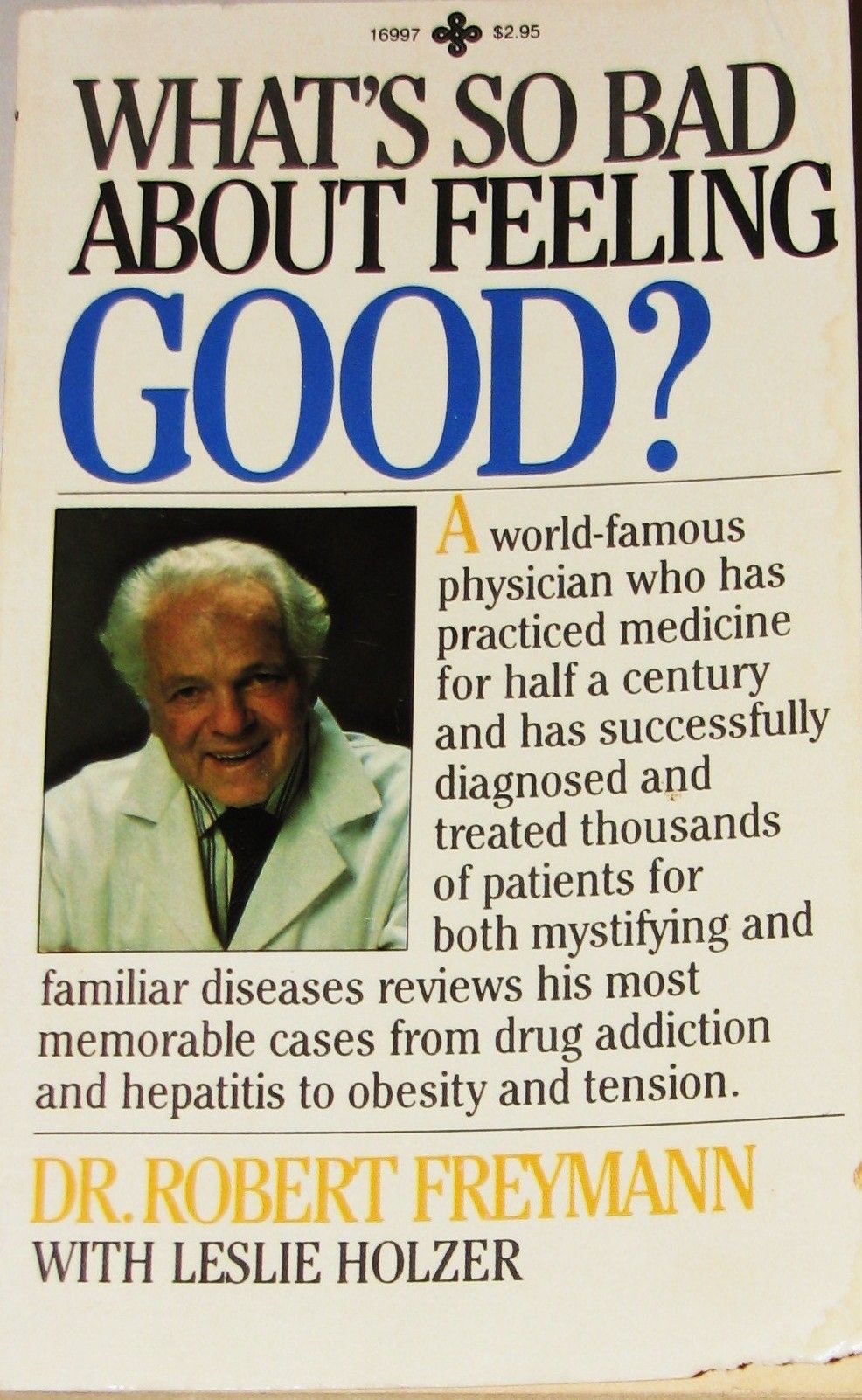 German born Robert Freymann, sometimes known as Dr. Robert or “The Great White Father” (reportedly because of having a tuft of white hair), continued his practice in New York for many years administering legal amphetamines in larger than needed doses to mostly well-to-do clients. “I have a clientele that is remarkable, from every sphere of life,” he had stated. “I could tell you in ten minutes probably 100 famous names who come here.” He continued his practice until he was expelled from the New York State Medical Society in 1975 for malpractice. His book "What's So Bad About Feeling Good?" was first published in 1983. He passed away in 1987. German born Robert Freymann, sometimes known as Dr. Robert or “The Great White Father” (reportedly because of having a tuft of white hair), continued his practice in New York for many years administering legal amphetamines in larger than needed doses to mostly well-to-do clients. “I have a clientele that is remarkable, from every sphere of life,” he had stated. “I could tell you in ten minutes probably 100 famous names who come here.” He continued his practice until he was expelled from the New York State Medical Society in 1975 for malpractice. His book "What's So Bad About Feeling Good?" was first published in 1983. He passed away in 1987.
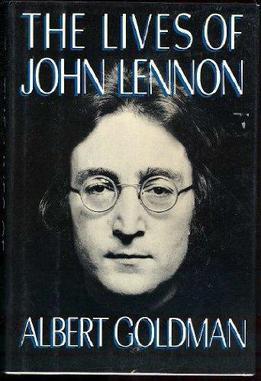 Interstingly, according to Albert Goldman's book "The Lives Of John Lennon," Yoko Ono paid a visit to Dr. Robert Freymann's New York office on April 22nd, 1980 (still in business despite his malpractice claim in 1975) to acquire morphine to assist her with her heroin addition. After she talked John into taking Sean with him to their Cold Springs Harbor home in Long Island for awhile, Yoko had been informed about Dr. Roberet Freymann's practice in New York City, oblivious to her husband's song written in his honor. Interstingly, according to Albert Goldman's book "The Lives Of John Lennon," Yoko Ono paid a visit to Dr. Robert Freymann's New York office on April 22nd, 1980 (still in business despite his malpractice claim in 1975) to acquire morphine to assist her with her heroin addition. After she talked John into taking Sean with him to their Cold Springs Harbor home in Long Island for awhile, Yoko had been informed about Dr. Roberet Freymann's practice in New York City, oblivious to her husband's song written in his honor.
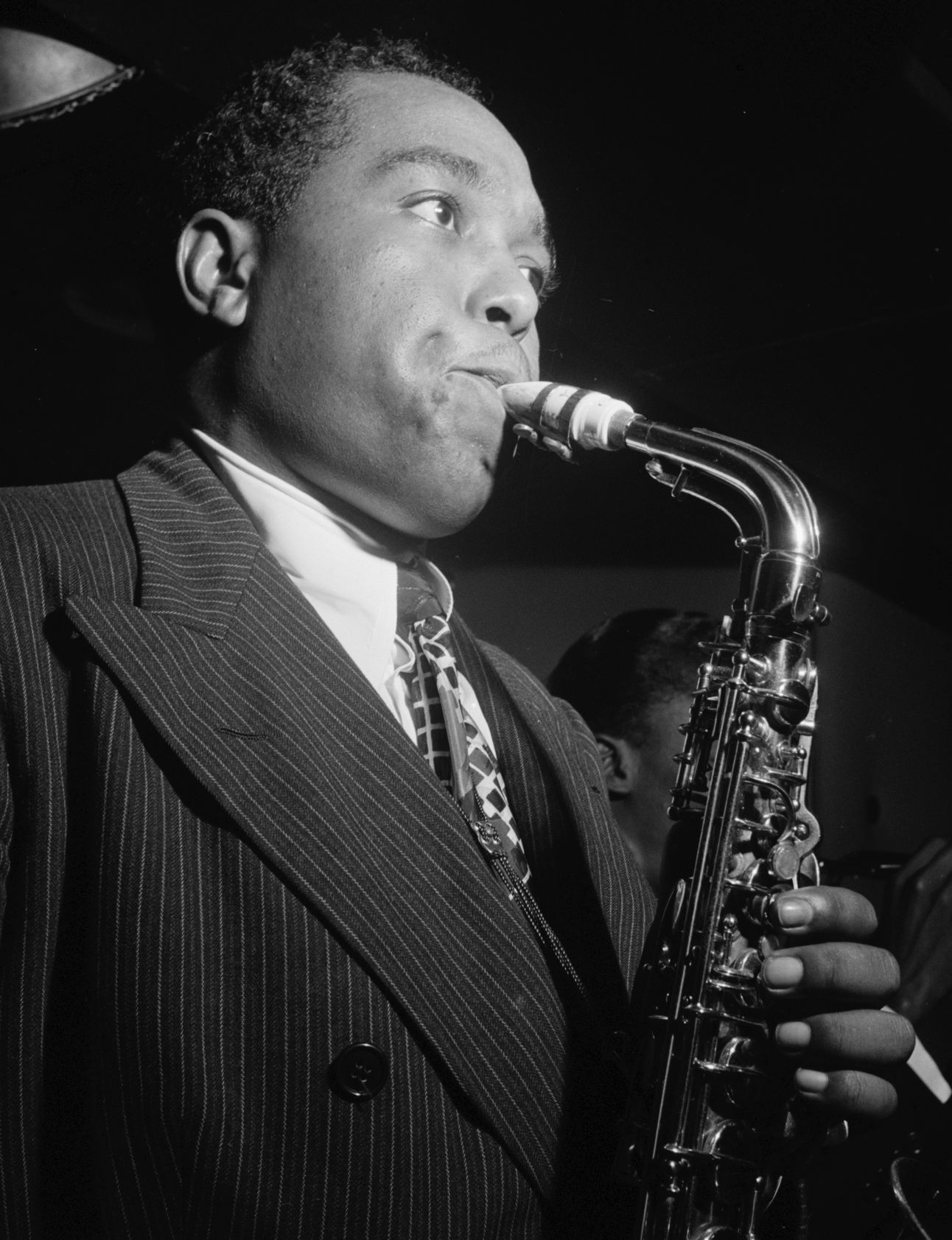 "Many New York musicians employed the services of Dr. Freymann," Albert Goldman writes, "who had been the attending physician at the death of (American jazz musician) Charlie Parker. In fact, on any morning outside the doctor's office, just off Fifth Avenue in the East 80s, a crowd of beat-looking, sickly men would be seen hanging around the door, awaiting the physician's arrival. As the hour of seven struck, he would pull up in an immaculate Mercedes. Emerging from the car with his coat draped across his shoulders, the picture of health himself - pink skin, full head of white hair, handsome Germanic features - the good doctor would greet his tattered flock cheerfully by raising two fingers of his right hand, wiggling the digits in the toodle-oo gesture, and lisping, 'Goot morning, junkies! Follow me!'" "Many New York musicians employed the services of Dr. Freymann," Albert Goldman writes, "who had been the attending physician at the death of (American jazz musician) Charlie Parker. In fact, on any morning outside the doctor's office, just off Fifth Avenue in the East 80s, a crowd of beat-looking, sickly men would be seen hanging around the door, awaiting the physician's arrival. As the hour of seven struck, he would pull up in an immaculate Mercedes. Emerging from the car with his coat draped across his shoulders, the picture of health himself - pink skin, full head of white hair, handsome Germanic features - the good doctor would greet his tattered flock cheerfully by raising two fingers of his right hand, wiggling the digits in the toodle-oo gesture, and lisping, 'Goot morning, junkies! Follow me!'"
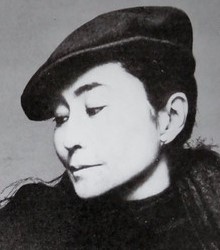 "On the morning that Sam (Green, Yoko's friend) arrived with Yoko, who disquised herself with a wig, dark glasses, and a man's overcoat, matters were not proceeding so smoothly at 1010 Fith Avenue. In fact, no sooner had Sam and Yoko seated themselves in the waiting room than a nurse came running out, screaming, 'The doctor's had a heart attack! I think he's dead!' Instantly all the patients scrambled for the door. Sam grabbed Yoko and split." As detailed above, Dr. Robert didn't die on this day since he published his book in 1983 and finally died in 1987. "On the morning that Sam (Green, Yoko's friend) arrived with Yoko, who disquised herself with a wig, dark glasses, and a man's overcoat, matters were not proceeding so smoothly at 1010 Fith Avenue. In fact, no sooner had Sam and Yoko seated themselves in the waiting room than a nurse came running out, screaming, 'The doctor's had a heart attack! I think he's dead!' Instantly all the patients scrambled for the door. Sam grabbed Yoko and split." As detailed above, Dr. Robert didn't die on this day since he published his book in 1983 and finally died in 1987.
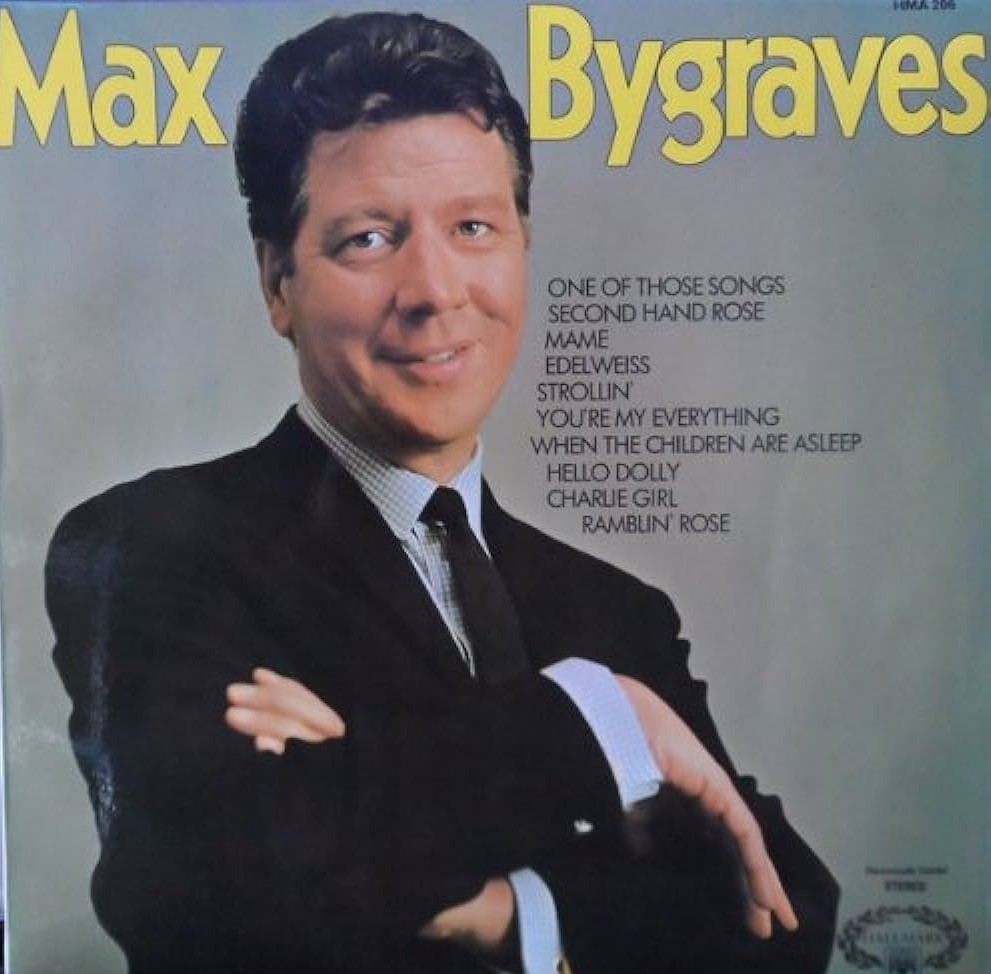 About the writing of the song, Paul recalls: “John and I thought it was a funny idea: the fantasy doctor who would fix you up by giving you drugs, it was a parody on that idea. It’s just a piss-take.” As early as 1967, Paul explained the meaning of the song: "That’s what ‘Doctor Robert’ is all about, just a pill doctor who sees you all right. It was a joke between ourselves, but they go in in-jokes and come out out-jokes, because everyone listens and puts their own thing on it, which is great. I mean, when I was young I never knew what ‘gilly gilly otsen feffer casta nell a bogen by the sea’ (a British hit by Max Bygraves) was all about, but I still enjoyed singing it. You put your own meaning at your own level to our songs and that's what's great about them." The lyric "take a drink from his special cup" may be a sly reference to John and George's first LSD experience in 1965 when the drug was slipped into their coffee by a dentist they were visiting. About the writing of the song, Paul recalls: “John and I thought it was a funny idea: the fantasy doctor who would fix you up by giving you drugs, it was a parody on that idea. It’s just a piss-take.” As early as 1967, Paul explained the meaning of the song: "That’s what ‘Doctor Robert’ is all about, just a pill doctor who sees you all right. It was a joke between ourselves, but they go in in-jokes and come out out-jokes, because everyone listens and puts their own thing on it, which is great. I mean, when I was young I never knew what ‘gilly gilly otsen feffer casta nell a bogen by the sea’ (a British hit by Max Bygraves) was all about, but I still enjoyed singing it. You put your own meaning at your own level to our songs and that's what's great about them." The lyric "take a drink from his special cup" may be a sly reference to John and George's first LSD experience in 1965 when the drug was slipped into their coffee by a dentist they were visiting.
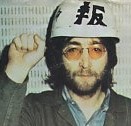 As to who wrote what, John said in his 1972 interview with Hit Parader Magazine that it was mostly written by him, but then stated “I think Paul helped with the middle.” McCartney has corroborated this in his recollections about his contributions to writing "Dr. Robert." As to who wrote what, John said in his 1972 interview with Hit Parader Magazine that it was mostly written by him, but then stated “I think Paul helped with the middle.” McCartney has corroborated this in his recollections about his contributions to writing "Dr. Robert."
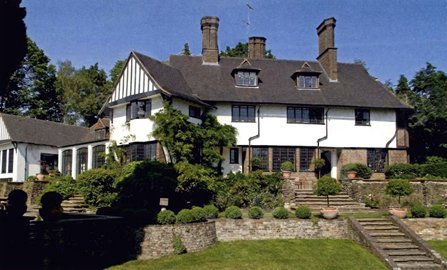 With a remarkable four month rest period from nearly anything Beatles related, stretching from the completion of their last British tour on December 12th, 1965 to their first EMI recording session of the new year on April 6th, 1966, the song “Dr. Robert” can easily be estimated to have been written during this time. It was undoubtedly another product of a writing session between the two composers at John’s Kenwood mansion. With a remarkable four month rest period from nearly anything Beatles related, stretching from the completion of their last British tour on December 12th, 1965 to their first EMI recording session of the new year on April 6th, 1966, the song “Dr. Robert” can easily be estimated to have been written during this time. It was undoubtedly another product of a writing session between the two composers at John’s Kenwood mansion.
Recording History
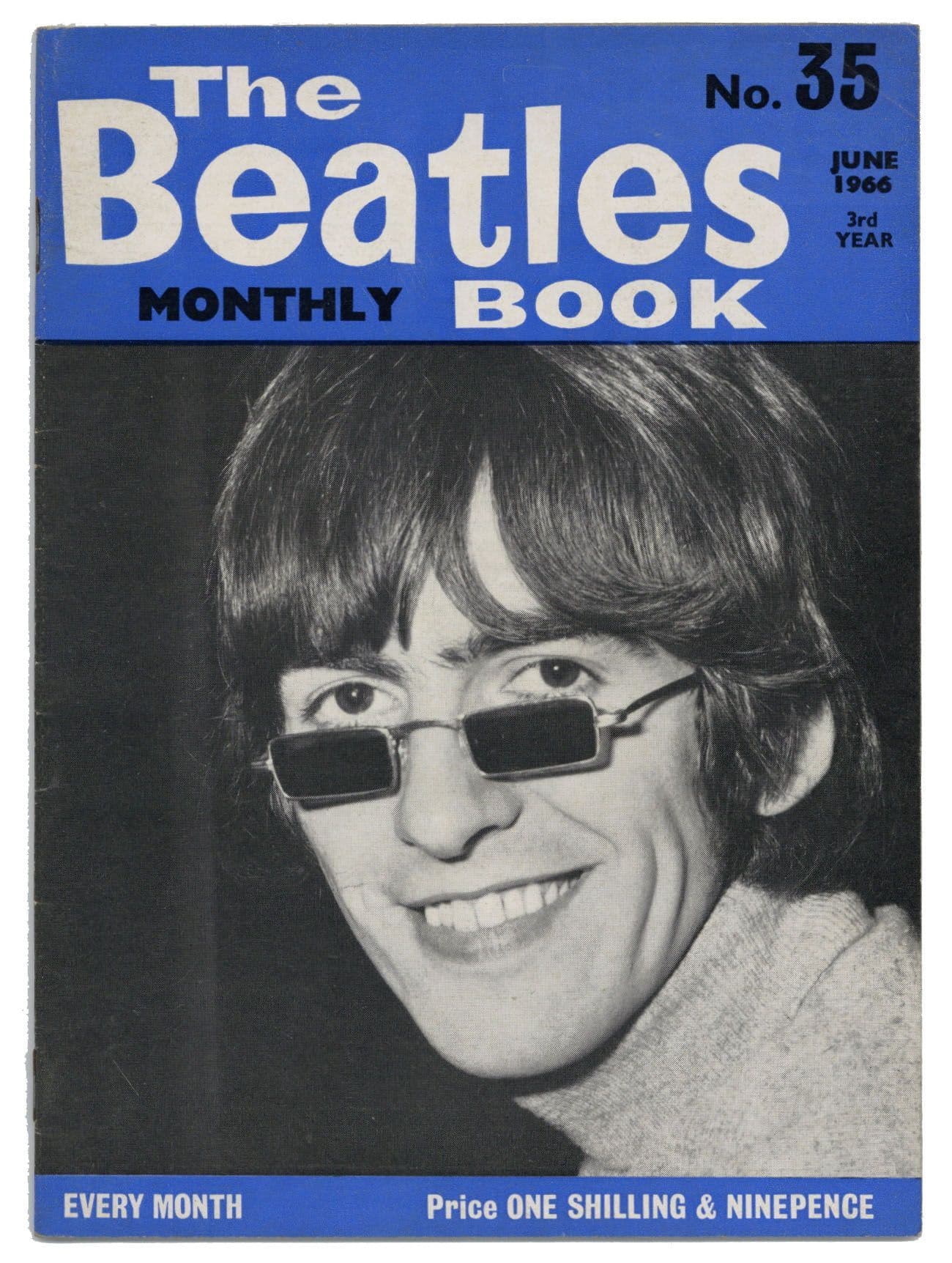 On April 17th, 1966, which was the eighth recording session for what became the “Revolver” album, The Beatles entered EMI Studio Two for an eight hour recording session (2:30 to 10:30 pm) to concentrate solely on their new song “Dr. Robert.” On this particular day, Beatles roadie Mal Evans received the news that his wife Lily had given birth to their daughter Julie, their second child. Because of his devotion to The Beatles, however, Mal Evans stayed in London for this recording session, preparing the band's afternoon snacks, instead of driving to Liverpool to be with his wife and family. According to fellow road manager Neil Aspinall, writing in "The Beatles Book 35" from June 1966, "'Ah you've got the tea then,' said Ringo, as Mal strolled into the studio with a tray. 'I've got a daughter too,' Mal replied. 'You've what?' John exclaimed. 'What are you doing here then?'" With that, The Beatles insisted that Mal Evans leave so as to welcome his newborn daughter into the world. On April 17th, 1966, which was the eighth recording session for what became the “Revolver” album, The Beatles entered EMI Studio Two for an eight hour recording session (2:30 to 10:30 pm) to concentrate solely on their new song “Dr. Robert.” On this particular day, Beatles roadie Mal Evans received the news that his wife Lily had given birth to their daughter Julie, their second child. Because of his devotion to The Beatles, however, Mal Evans stayed in London for this recording session, preparing the band's afternoon snacks, instead of driving to Liverpool to be with his wife and family. According to fellow road manager Neil Aspinall, writing in "The Beatles Book 35" from June 1966, "'Ah you've got the tea then,' said Ringo, as Mal strolled into the studio with a tray. 'I've got a daughter too,' Mal replied. 'You've what?' John exclaimed. 'What are you doing here then?'" With that, The Beatles insisted that Mal Evans leave so as to welcome his newborn daughter into the world.
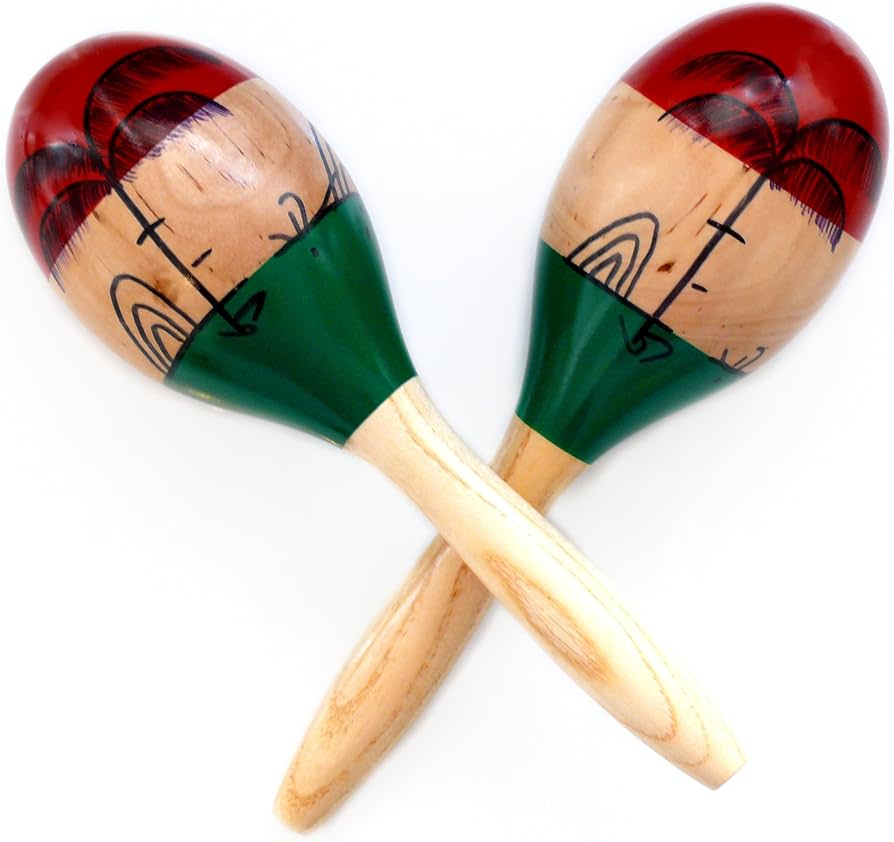 As for the recording of "Dr. Robert" on this day, onto track one of the four-track tape were recorded John on electric rhythm guitar, Ringo on drums and George on maracas, takes one, two and five being false starts. Guide vocals were apparently picked up during "take one," John and Paul singing "Bob Robert" instead of "Dr. Robert" on occasion. As for the recording of "Dr. Robert" on this day, onto track one of the four-track tape were recorded John on electric rhythm guitar, Ringo on drums and George on maracas, takes one, two and five being false starts. Guide vocals were apparently picked up during "take one," John and Paul singing "Bob Robert" instead of "Dr. Robert" on occasion.
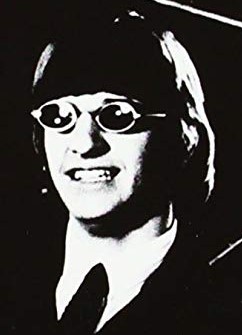 The complete "take seven" was deemed best, onto which various overdubs were recorded to fill the remaining tracks. The song was 2:56 long on this take because they mistakenly included an additional verse and bridge. Since Ringo was not prepared for this additional bridge, he continued to play his steady 4/4 drum pattern instead of dropping out as on the other bridges. Nonetheless, they were happy enough with this take to keep it, John acknowledging this by exclaiming "OK, er, we'll..." as an instruction to producer George Martin at the conclusion of the recording. This verbilization actually made it onto a released mix as noted below, interpreted as "OK, Herb" by many Beatles' fans. Also caught on tape at the end of this take was John confessing "We did one extra middle-eight," this being rectified at a later date. The complete "take seven" was deemed best, onto which various overdubs were recorded to fill the remaining tracks. The song was 2:56 long on this take because they mistakenly included an additional verse and bridge. Since Ringo was not prepared for this additional bridge, he continued to play his steady 4/4 drum pattern instead of dropping out as on the other bridges. Nonetheless, they were happy enough with this take to keep it, John acknowledging this by exclaiming "OK, er, we'll..." as an instruction to producer George Martin at the conclusion of the recording. This verbilization actually made it onto a released mix as noted below, interpreted as "OK, Herb" by many Beatles' fans. Also caught on tape at the end of this take was John confessing "We did one extra middle-eight," this being rectified at a later date.
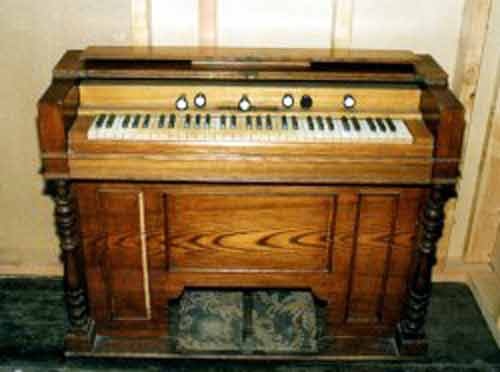 The overdubs consisted of Paul on bass and John on harmonium in the bridges (during the "well, well, well, you're feeling fine" lyrics) on track two. George performed his lead guitar work on track three along with John, Paul and George's "well, well, well..." harmonies during the bridges, the tape box also indicating piano being played on this track which seems to have been ultimately decided against. By 10:30 pm, they were done for the day; the only thing left to complete the song being more vocals. The overdubs consisted of Paul on bass and John on harmonium in the bridges (during the "well, well, well, you're feeling fine" lyrics) on track two. George performed his lead guitar work on track three along with John, Paul and George's "well, well, well..." harmonies during the bridges, the tape box also indicating piano being played on this track which seems to have been ultimately decided against. By 10:30 pm, they were done for the day; the only thing left to complete the song being more vocals.
 Two days later, on April 19th, 1966, they returned to EMI Studio Two at 2:30 pm to record more vocals and, thereby finish "Dr. Robert." Track four was the remaining open track, The Beatles thereby filling this with John's lead vocal along with Paul's occasional harmony vocal (such as "you're a new and better man") and another round of John, Paul and George harmonies during the bridges. After John's above mentioned "OK, er, we'll..." exclamaiton at the conclusion of the song, Paul here jokingly added, "No, we won't!" on this track. Two days later, on April 19th, 1966, they returned to EMI Studio Two at 2:30 pm to record more vocals and, thereby finish "Dr. Robert." Track four was the remaining open track, The Beatles thereby filling this with John's lead vocal along with Paul's occasional harmony vocal (such as "you're a new and better man") and another round of John, Paul and George harmonies during the bridges. After John's above mentioned "OK, er, we'll..." exclamaiton at the conclusion of the song, Paul here jokingly added, "No, we won't!" on this track.
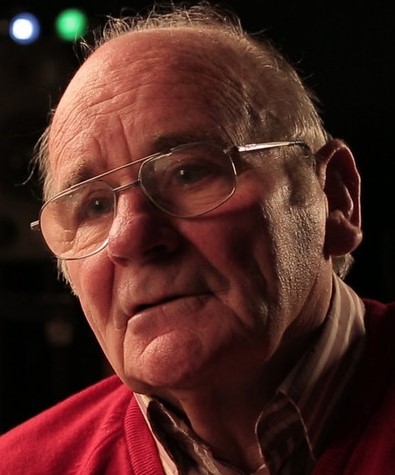 The customary double-tracked vocals of the previous two years were now replaced by a new engineering advancement invented by EMI staff member Ken Townsend they dubbed “Artificial Double Tracking” (or ADT for short). By copying the recorded vocal track to a separate machine with a variable oscillator, which allowed you to alter the speed of the recording, and then recording it back to the original tape on top of the recorded vocal, they could create a double image of the sound with one of the images slightly out of time with the first by maybe just a few milliseconds. The customary double-tracked vocals of the previous two years were now replaced by a new engineering advancement invented by EMI staff member Ken Townsend they dubbed “Artificial Double Tracking” (or ADT for short). By copying the recorded vocal track to a separate machine with a variable oscillator, which allowed you to alter the speed of the recording, and then recording it back to the original tape on top of the recorded vocal, they could create a double image of the sound with one of the images slightly out of time with the first by maybe just a few milliseconds.
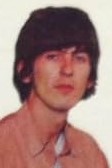 This created an effect that somewhat mimicked what double-tracking could do, although a discerning ear can still tell the difference. Since it saved time, this new process was used quite regularly by The Beatles from 1966 on, a good portion of “Revolver” including this technique. George Harrison once exclaimed that Ken Townsend should receive a medal for this invention! This created an effect that somewhat mimicked what double-tracking could do, although a discerning ear can still tell the difference. Since it saved time, this new process was used quite regularly by The Beatles from 1966 on, a good portion of “Revolver” including this technique. George Harrison once exclaimed that Ken Townsend should receive a medal for this invention!
 With this session lasting until midnight, it appears to have been an awful long time spent in the recording studio just to perform the vocals for one song. One explanation for this is a recollection of the “Revolver” sessions by engineer Geoff Emerick in his 2007 book “Here, There And Everywhere.” “Looking back, I think one of the reasons I was able to come up with so many innovative sounds on ‘Revolver’ was the sheer amount of time George Martin spent in the studio working out complex vocal harmonies with John, Paul and George Harrison. It was a long process, but the results were always spectacular. The four of them would gather around the piano for hours on end, practicing their parts endlessly.” Listening to the intricate winding harmonies in the bridges of “Dr. Robert” (“well, well, well, you’re feeling fine…”) indicates this may have been one of those sessions. It may have taken a long time to perfect, but the end result was “spectacular” indeed. With this session lasting until midnight, it appears to have been an awful long time spent in the recording studio just to perform the vocals for one song. One explanation for this is a recollection of the “Revolver” sessions by engineer Geoff Emerick in his 2007 book “Here, There And Everywhere.” “Looking back, I think one of the reasons I was able to come up with so many innovative sounds on ‘Revolver’ was the sheer amount of time George Martin spent in the studio working out complex vocal harmonies with John, Paul and George Harrison. It was a long process, but the results were always spectacular. The four of them would gather around the piano for hours on end, practicing their parts endlessly.” Listening to the intricate winding harmonies in the bridges of “Dr. Robert” (“well, well, well, you’re feeling fine…”) indicates this may have been one of those sessions. It may have taken a long time to perfect, but the end result was “spectacular” indeed.
 The recording of "Dr. Robert" was complete on this day, all elements being contained on a single four-track tape without any reduction mix being necessary, as with most of the other "Revolver" songs. Also to be noted is that three mono mixes of the song were performed at the end of this session by George Martin, Geoff Emerick and 2nd engineer Phil McDonald, although none of these were ever released. Since the tape box designates "remix 3" concerning the third bridge "to be cutout," we can assume that the final preliminary mono mix created on this day omitted this third verse and bridge as the released versions eventually did. The recording of "Dr. Robert" was complete on this day, all elements being contained on a single four-track tape without any reduction mix being necessary, as with most of the other "Revolver" songs. Also to be noted is that three mono mixes of the song were performed at the end of this session by George Martin, Geoff Emerick and 2nd engineer Phil McDonald, although none of these were ever released. Since the tape box designates "remix 3" concerning the third bridge "to be cutout," we can assume that the final preliminary mono mix created on this day omitted this third verse and bridge as the released versions eventually did.
 The first mono mix of “Dr. Robert” to see the light of day was performed on May 12th, 1966 in the control room of EMI Studio Three by George Martin, Geoff Emerick and 2nd engineer Jerry Boys. This mono mix was made in response to a request from Capitol Records in America for three new Beatles songs to fill out their soon to be released “Yesterday…And Today” album. As with all of the released mixes of the song, it was edited down to 2:13, removing the above mentioned 43 seconds that comprised an additional verse and bridge. This mix was unique for the US because the EMI staff created a new mono mix for its British release more than five weeks later. The first mono mix of “Dr. Robert” to see the light of day was performed on May 12th, 1966 in the control room of EMI Studio Three by George Martin, Geoff Emerick and 2nd engineer Jerry Boys. This mono mix was made in response to a request from Capitol Records in America for three new Beatles songs to fill out their soon to be released “Yesterday…And Today” album. As with all of the released mixes of the song, it was edited down to 2:13, removing the above mentioned 43 seconds that comprised an additional verse and bridge. This mix was unique for the US because the EMI staff created a new mono mix for its British release more than five weeks later.
 There are some unique features in this mix, one of them being the noticeable edit where the 43 seconds were removed, which can be heard just before the first “well, well, well” comes in. The guitars are more prominent here, putting the vocals a little more in the background as compared to later mixes. Also, they didn’t fade-out the song fast enough to conceal when the recording was completed, thereby revealing the true end of the song. If you listen carefully, you can hear John say “OK, er, we'll...” at the song’s conclusion, this being his acknowledgement that they mistakenly performed an addition verse and bridge that needed to be edited out. There are some unique features in this mix, one of them being the noticeable edit where the 43 seconds were removed, which can be heard just before the first “well, well, well” comes in. The guitars are more prominent here, putting the vocals a little more in the background as compared to later mixes. Also, they didn’t fade-out the song fast enough to conceal when the recording was completed, thereby revealing the true end of the song. If you listen carefully, you can hear John say “OK, er, we'll...” at the song’s conclusion, this being his acknowledgement that they mistakenly performed an addition verse and bridge that needed to be edited out.
 On May 20th, 1966, George Martin, Geoff Emerick and Phil McDonald entered the control room of EMI Studio One to create two stereo mixes of “Dr. Robert,” as well as the other two songs intended for Capitol’s “Yesterday…And Today” album (“I’m Only Sleeping” and “And Your Bird Can Sing”). Both of the “Dr. Robert” mixes edited out the 43 seconds, although the edits are much less noticeable. On May 20th, 1966, George Martin, Geoff Emerick and Phil McDonald entered the control room of EMI Studio One to create two stereo mixes of “Dr. Robert,” as well as the other two songs intended for Capitol’s “Yesterday…And Today” album (“I’m Only Sleeping” and “And Your Bird Can Sing”). Both of the “Dr. Robert” mixes edited out the 43 seconds, although the edits are much less noticeable.
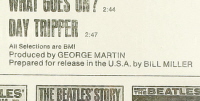 The first mix was given to Capitol Records for the US release, although they instead opted to create a “duophonic” fake stereo mix for the album instead of waiting for these stereo mixes to arrive, which were past the album's release deadline. Someone at Capitol (probably Bill Miller since he was credited on the album jacket as preparing the album for release) made sure John’s “OK, er, well...” was removed from the end of the song on the “duophonic” stereo master for the album. The true stereo mix of the song that they received was eventually incorporated into some copies of the album, but not for at least a couple of years. The first mix was given to Capitol Records for the US release, although they instead opted to create a “duophonic” fake stereo mix for the album instead of waiting for these stereo mixes to arrive, which were past the album's release deadline. Someone at Capitol (probably Bill Miller since he was credited on the album jacket as preparing the album for release) made sure John’s “OK, er, well...” was removed from the end of the song on the “duophonic” stereo master for the album. The true stereo mix of the song that they received was eventually incorporated into some copies of the album, but not for at least a couple of years.
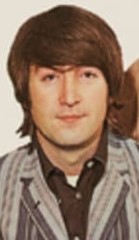 The second stereo mix made on May 20th, 1966 found its way onto the stereo copies of the British “Revolver” album. As with the first stereo mix made on this day, the fade-out is done more carefully to hide the true ending of the song. Also, John's lead vocal and its ADT duplicate were each hard-panned to each side of the stereo landscape. The second stereo mix made on May 20th, 1966 found its way onto the stereo copies of the British “Revolver” album. As with the first stereo mix made on this day, the fade-out is done more carefully to hide the true ending of the song. Also, John's lead vocal and its ADT duplicate were each hard-panned to each side of the stereo landscape.
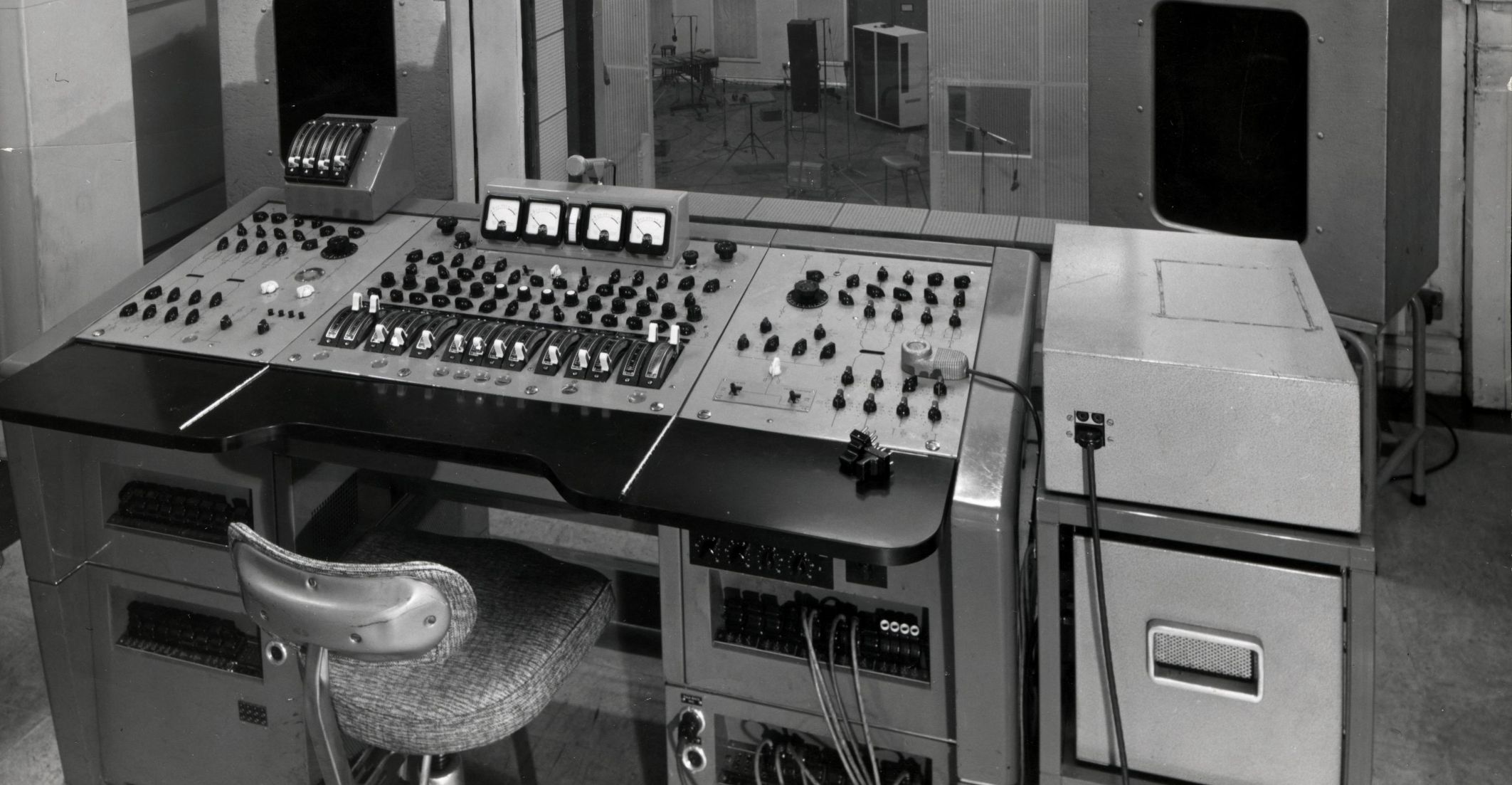 The mono mix of “Dr. Robert” that was used on the British “Revolver” album was not created until one of the final recording / mixing sessions for the album on June 21st, 1966. George Martin, Geoff Emerick and Phil McDonald entered EMI Studio Three control room to create multiple mono and stereo mixes from 10 am until 6:30 pm that day (with a 90 minute break at 1 pm) before resuming recording duties in EMI Studio Two to record one final song for the album, namely “She Said She Said.” The mono mix of “Dr. Robert” that was used on the British “Revolver” album was not created until one of the final recording / mixing sessions for the album on June 21st, 1966. George Martin, Geoff Emerick and Phil McDonald entered EMI Studio Three control room to create multiple mono and stereo mixes from 10 am until 6:30 pm that day (with a 90 minute break at 1 pm) before resuming recording duties in EMI Studio Two to record one final song for the album, namely “She Said She Said.”
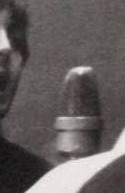 Much more finesse was used to make this mono mix of "Dr. Robert," three attempts being made before they were satisfied. They labeled these mixes four through six when in actuality they were five through seven. Mix six was considered the best, although it was really the seventh existing mono mix of the song. After editing out the necessary 43 seconds, we hear that the vocals were given more prominence than in the earlier mono mix and the fade-out is created to properly hide the true end of the recording. Much more finesse was used to make this mono mix of "Dr. Robert," three attempts being made before they were satisfied. They labeled these mixes four through six when in actuality they were five through seven. Mix six was considered the best, although it was really the seventh existing mono mix of the song. After editing out the necessary 43 seconds, we hear that the vocals were given more prominence than in the earlier mono mix and the fade-out is created to properly hide the true end of the recording.
 Sometime in 2022, George Martin's son, Giles Martin, along with engineer Sam Okell, returned to the original four-track tape of "Dr. Robert" to create a vibrant new stereo mix of the song utilizing new AI technology, this mix being featured on various new releases of "Revolver." While they were at it, they also created a new stereo mix of "take seven" with all overdubs for Deluxe editions of the album. Sometime in 2022, George Martin's son, Giles Martin, along with engineer Sam Okell, returned to the original four-track tape of "Dr. Robert" to create a vibrant new stereo mix of the song utilizing new AI technology, this mix being featured on various new releases of "Revolver." While they were at it, they also created a new stereo mix of "take seven" with all overdubs for Deluxe editions of the album.
Song Structure and Style
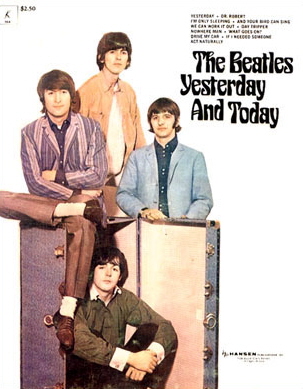 The structure utilized for “Dr. Robert” is one quite familiar to us in the Lennon / McCartney catalog up to this point, consisting of a ‘verse/ verse/ bridge/ verse/ bridge/ verse’ structure (or aababa). One complexity here, though, is the identification of the song's key. At first blush, you would think it to be A major since it’s the first chord heard, not to mention that the first twelve measures stay precisely on that chord. However, after the chords move around ever so slightly, the first verse concludes in B major. The bridge is also rooted in this chord so, arguably, B major appears to be the key of the song, although opinions may vary. The unpredictable nature that their songwriting had evolved into by this point, as well as beyond this point, is just another reason why The Beatles music has become so admirable and still maintains its credibility throughout all these years. The structure utilized for “Dr. Robert” is one quite familiar to us in the Lennon / McCartney catalog up to this point, consisting of a ‘verse/ verse/ bridge/ verse/ bridge/ verse’ structure (or aababa). One complexity here, though, is the identification of the song's key. At first blush, you would think it to be A major since it’s the first chord heard, not to mention that the first twelve measures stay precisely on that chord. However, after the chords move around ever so slightly, the first verse concludes in B major. The bridge is also rooted in this chord so, arguably, B major appears to be the key of the song, although opinions may vary. The unpredictable nature that their songwriting had evolved into by this point, as well as beyond this point, is just another reason why The Beatles music has become so admirable and still maintains its credibility throughout all these years.
No solo or instrumental section appears in this song, although it is quite likely that one was planned. The mysterious 43 seconds that were edited out of the final product may very well have been a solo of some sort that was intended to precede the first bridge.
 A simple four-measure introduction starts things on their way. The full instrumentation of the band begins directly on the downbeat with John and George playing different but complimentary picking rhythms on their electric guitars, John’s being the more prominent. The main riff is played loosely, the high note of the third beat of each measure being missed the fourth time around, something that habitually happens throughout the song. Ringo’s straightforward drum beat remains steady while Paul moves around nicely on the bass and George’s overdubbed maracas sweeten the arrangement. A simple four-measure introduction starts things on their way. The full instrumentation of the band begins directly on the downbeat with John and George playing different but complimentary picking rhythms on their electric guitars, John’s being the more prominent. The main riff is played loosely, the high note of the third beat of each measure being missed the fourth time around, something that habitually happens throughout the song. Ringo’s straightforward drum beat remains steady while Paul moves around nicely on the bass and George’s overdubbed maracas sweeten the arrangement.
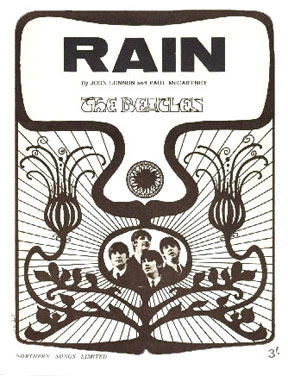 A symmetrical sixteen measure verse is deliberately muddied-up by Lennon’s insistence on adding an announcement-like two-measure transition to the second half of the verse as the song finally changes chords to F# major. Therefore, all of the verses become eighteen measures long. John sings the first verse entirely by himself in a sleepy, hazy manner indicative of the subject matter. The characteristic guitar riff continues to be played within the changed chord on the ninth measure. The slurred rise in the melody line (on the words “new” and “you”) appears to be the latest trick in the Lennon arsenal, as is heard in “Rain” which was completed the day before “Dr. Robert” was begun. We finally see some chord movement in the seventeenth measure as we arrive at the home key of B major in the last two measures. A symmetrical sixteen measure verse is deliberately muddied-up by Lennon’s insistence on adding an announcement-like two-measure transition to the second half of the verse as the song finally changes chords to F# major. Therefore, all of the verses become eighteen measures long. John sings the first verse entirely by himself in a sleepy, hazy manner indicative of the subject matter. The characteristic guitar riff continues to be played within the changed chord on the ninth measure. The slurred rise in the melody line (on the words “new” and “you”) appears to be the latest trick in the Lennon arsenal, as is heard in “Rain” which was completed the day before “Dr. Robert” was begun. We finally see some chord movement in the seventeenth measure as we arrive at the home key of B major in the last two measures.
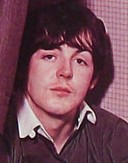 The second verse is identical in structure but with a couple of additions to the arrangement. McCartney comes in to harmonize throughout almost the entire verse, climaxing with his insistent pleas “he’s a man you must believe, helping anyone in need.” The eighteenth measure then adds George’s overdubbed guitar noodling for the first time. The second verse is identical in structure but with a couple of additions to the arrangement. McCartney comes in to harmonize throughout almost the entire verse, climaxing with his insistent pleas “he’s a man you must believe, helping anyone in need.” The eighteenth measure then adds George’s overdubbed guitar noodling for the first time.
 The momentum of the song is abruptly interrupted to introduce a new aspect. As if to humorously add a religiously acceptable air to the activities of this physician, choir-like harmonies from John, Paul and George cascade through our consciousness to assure us of the wonderful effects we’ll experience. “Well, well, well, you’re feeling fine,” they proclaim, then assuring us (with a clever play on words) “well, well, well he’ll make you.” While the drums drop out for most of this ten-measure bridge, the instrumentation now consists of John on harmonium (the only instrument that changes chords), Paul thumping a B note on the bass and George plucking a B note on the guitar. Then, to jar us out of our hallucinations, the singers cite the good doctor’s name once again and we’re transported right back to the steady rhythm of the song. The momentum of the song is abruptly interrupted to introduce a new aspect. As if to humorously add a religiously acceptable air to the activities of this physician, choir-like harmonies from John, Paul and George cascade through our consciousness to assure us of the wonderful effects we’ll experience. “Well, well, well, you’re feeling fine,” they proclaim, then assuring us (with a clever play on words) “well, well, well he’ll make you.” While the drums drop out for most of this ten-measure bridge, the instrumentation now consists of John on harmonium (the only instrument that changes chords), Paul thumping a B note on the bass and George plucking a B note on the guitar. Then, to jar us out of our hallucinations, the singers cite the good doctor’s name once again and we’re transported right back to the steady rhythm of the song.
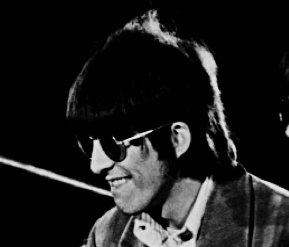 A third eighteen-measure verse is then heard, which is structurally and instrumentally identical to the second with the exception of two overdubbed guitar parts from Harrison played mostly in the gaps between the lyric lines. These added elements bring a distinct fullness with four electric guitars wailing away at these times, each playing a different part. This results in the unstructured and incoherent now becoming coherent. Also interesting here is how John and Paul shorten the subjects name to “Doc Robert” in the sixteenth measure. A third eighteen-measure verse is then heard, which is structurally and instrumentally identical to the second with the exception of two overdubbed guitar parts from Harrison played mostly in the gaps between the lyric lines. These added elements bring a distinct fullness with four electric guitars wailing away at these times, each playing a different part. This results in the unstructured and incoherent now becoming coherent. Also interesting here is how John and Paul shorten the subjects name to “Doc Robert” in the sixteenth measure.
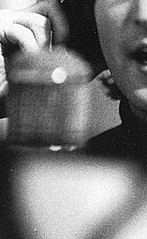 A reprise of the “heavenly” bridge ends with what seems like an even heavier mélange of guitar sounds that once again transcend into a verse. However, this verse is truncated to twelve measures with the only lyrics being the twice repeated first line of the first verse, “Ring my friend, I said you’d call Doctor Robert.” The second time the line is repeated, ending again with “Doc Robert,” the fade-out of the song begins. The rather unorthodox harmonies of the final repeat of the song's title bring a change of chords and a distinguishing guitar line from George, bringing this interesting song to an unusual conclusion. A reprise of the “heavenly” bridge ends with what seems like an even heavier mélange of guitar sounds that once again transcend into a verse. However, this verse is truncated to twelve measures with the only lyrics being the twice repeated first line of the first verse, “Ring my friend, I said you’d call Doctor Robert.” The second time the line is repeated, ending again with “Doc Robert,” the fade-out of the song begins. The rather unorthodox harmonies of the final repeat of the song's title bring a change of chords and a distinguishing guitar line from George, bringing this interesting song to an unusual conclusion.
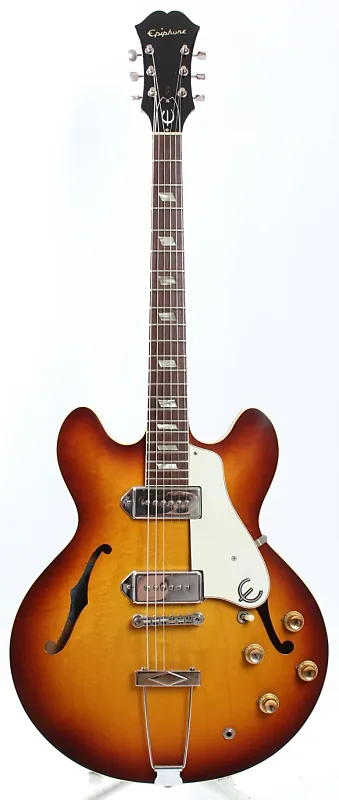 Lennon takes command throughout with his characteristic vocal style and repeating guitar riff. George’s flurry of guitars, as well as his suitable harmonies and maraca playing, display his willingness to be more than just a passive session man when his input was welcomed. Paul’s harmonies take John’s melody line from dourness to an energetic level, while his bass work triumphs and stands out nicely in the mix. Ringo keeps strictly to the closed hi-hat throughout the song and, while not much innovation is displayed, not much was needed. Lennon takes command throughout with his characteristic vocal style and repeating guitar riff. George’s flurry of guitars, as well as his suitable harmonies and maraca playing, display his willingness to be more than just a passive session man when his input was welcomed. Paul’s harmonies take John’s melody line from dourness to an energetic level, while his bass work triumphs and stands out nicely in the mix. Ringo keeps strictly to the closed hi-hat throughout the song and, while not much innovation is displayed, not much was needed.
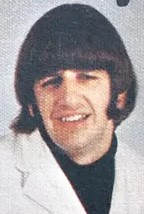 The curious opening line, “Ring my friend, I said you’d call Doctor Robert,” has been the subject of some debate. This awkward sounding lyric could be interpreted as meaning that John is recommending someone to give his doctor “friend” a “ring,” as on the telephone. Some, though, would suggest that maybe John was here addressing his good “friend” Ringo, informing him of where he could get a good high. After all, Ringo himself has been known to say, “I get high with a little help from my friends.” :-) The curious opening line, “Ring my friend, I said you’d call Doctor Robert,” has been the subject of some debate. This awkward sounding lyric could be interpreted as meaning that John is recommending someone to give his doctor “friend” a “ring,” as on the telephone. Some, though, would suggest that maybe John was here addressing his good “friend” Ringo, informing him of where he could get a good high. After all, Ringo himself has been known to say, “I get high with a little help from my friends.” :-)
The rest of the lyrics are mostly straightforward, explaining that Dr. Robert has a “special cup” to make you feel “well, well, well” and to become “a new and better man.” He is definitely dedicated to his craft, “helping anyone in need” and tirelessly does “everything he can,” being there “anytime at all.”
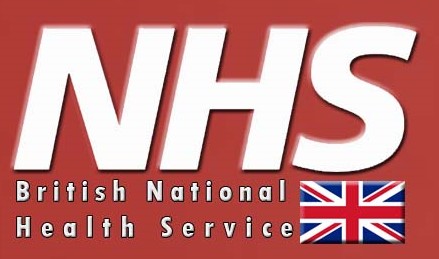 Apparently continuing the premise of the song being about a “fantasy doctor,” The Beatles describe him as having his practice in Britain instead of New York. They sing, “My friend works for the National Health,” meaning the National Health Service, the publicly funded health care system in the United Kingdom. Since British residents don’t have to pay for health care, John and Paul explain that you “don’t pay money just to see yourself with Doctor Robert.” For instance, the round lens glasses that John was seen wearing publicly later in 1966 and onward were standard National Health issues, provided at no cost for those needing glasses in Britain. Apparently continuing the premise of the song being about a “fantasy doctor,” The Beatles describe him as having his practice in Britain instead of New York. They sing, “My friend works for the National Health,” meaning the National Health Service, the publicly funded health care system in the United Kingdom. Since British residents don’t have to pay for health care, John and Paul explain that you “don’t pay money just to see yourself with Doctor Robert.” For instance, the round lens glasses that John was seen wearing publicly later in 1966 and onward were standard National Health issues, provided at no cost for those needing glasses in Britain.
American Releases
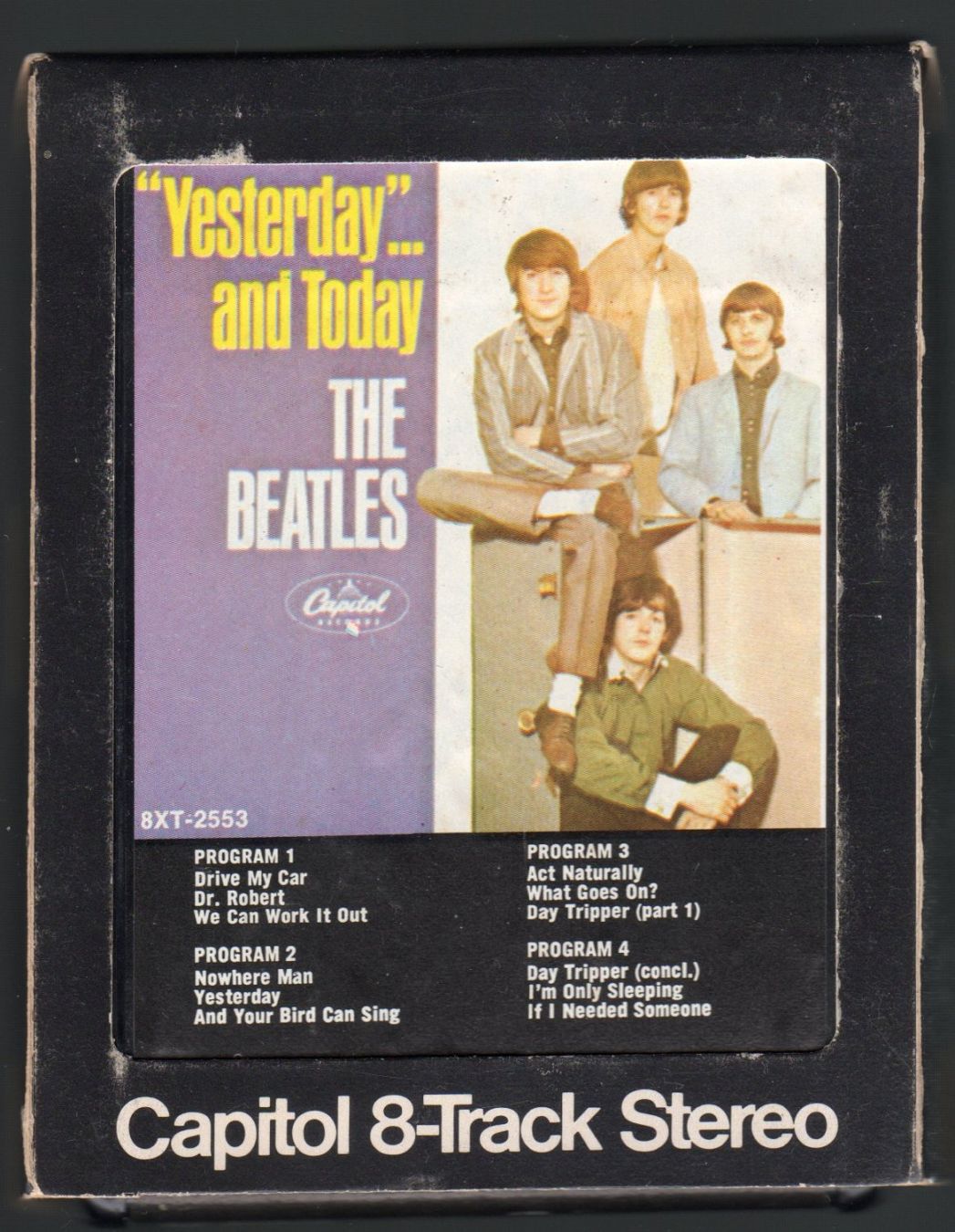 About seven weeks before Britain got to hear the song, “Dr. Robert” appeared on the Capitol album “Yesterday...And Today,” which was released on June 20th, 1966. Recorded only ten months after the song it precedes on this album, namely the classic “Yesterday,” the differences in style between the two tracks appear as if the former was produced many years later. Such was the quick progression The Beatles were moving in. "Yesterday...And Today" was then released on January 21st, 2014, as an individual compact disc, both the mono and stereo versions of the album being included on a single CD. This release features the original mono mix of the song as contained on the vinyl release, but they sadly included the later British stereo mix instead of what Capitol was delivered back in 1966. Incidentally, this release featured both the "trunk" cover and the "butcher" cover. About seven weeks before Britain got to hear the song, “Dr. Robert” appeared on the Capitol album “Yesterday...And Today,” which was released on June 20th, 1966. Recorded only ten months after the song it precedes on this album, namely the classic “Yesterday,” the differences in style between the two tracks appear as if the former was produced many years later. Such was the quick progression The Beatles were moving in. "Yesterday...And Today" was then released on January 21st, 2014, as an individual compact disc, both the mono and stereo versions of the album being included on a single CD. This release features the original mono mix of the song as contained on the vinyl release, but they sadly included the later British stereo mix instead of what Capitol was delivered back in 1966. Incidentally, this release featured both the "trunk" cover and the "butcher" cover.
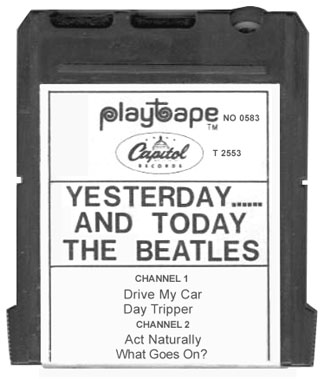 Sometime in 1967, Capitol released Beatles music on a brand new but short-lived format called "Playtapes." These tape cartridges did not have the capability to include entire albums, so two truncated four-song versions of "Yesterday And Today" were released in this portable format, "Dr. Robert" being on one of them. These "Playtapes" are highly collectable today. Sometime in 1967, Capitol released Beatles music on a brand new but short-lived format called "Playtapes." These tape cartridges did not have the capability to include entire albums, so two truncated four-song versions of "Yesterday And Today" were released in this portable format, "Dr. Robert" being on one of them. These "Playtapes" are highly collectable today.
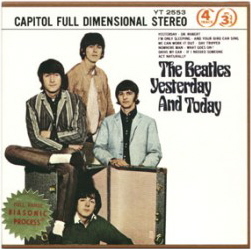 As previously stated, Capitol was so anxious to release this album that they couldn’t wait to receive the stereo mix for its stereo pressings. Instead, they opted to create a “duophonic” fake stereo mix from the earlier received mono mix. This mix continued to be used on the majority of the pressings of the album all the way until 1988 when vinyl albums were discontinued. However, the later received stereo mix did appear on some copies, such as the Capitol Record Club pressings starting in 1968 and pressings coming from Winchester, Virginia starting in 1973. Also, all of the American tape versions of the album (cassette, 8-track, 4-track and reel-to-reel) contain the stereo mix of the song. As previously stated, Capitol was so anxious to release this album that they couldn’t wait to receive the stereo mix for its stereo pressings. Instead, they opted to create a “duophonic” fake stereo mix from the earlier received mono mix. This mix continued to be used on the majority of the pressings of the album all the way until 1988 when vinyl albums were discontinued. However, the later received stereo mix did appear on some copies, such as the Capitol Record Club pressings starting in 1968 and pressings coming from Winchester, Virginia starting in 1973. Also, all of the American tape versions of the album (cassette, 8-track, 4-track and reel-to-reel) contain the stereo mix of the song.
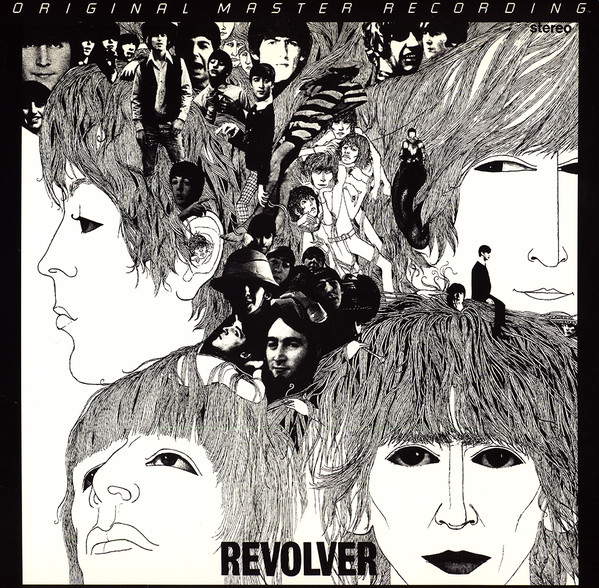 The first time the original British "Revolver” album was made available in America was the "Original Master Recording" vinyl edition released through Mobile Fidelity Sound Lab sometime in 1985. This album included "Dr. Robert" and was prepared utilizing half-speed mastering technology from the original master tape on loan from EMI. This version of the album was only available for a short time and is quite collectible today. The first time the original British "Revolver” album was made available in America was the "Original Master Recording" vinyl edition released through Mobile Fidelity Sound Lab sometime in 1985. This album included "Dr. Robert" and was prepared utilizing half-speed mastering technology from the original master tape on loan from EMI. This version of the album was only available for a short time and is quite collectible today.
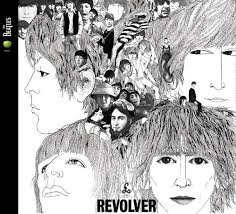 The complete fourteen-track British “Revolver” album got its first US compact disc release on April 30th, 1987, and on vinyl on July 21st, 1987, both featuring the original British stereo mix of the song. Interestingly, the song was listed here as "Doctor Robert" instead of "Dr. Robert" as on all pressings of "Yesterday...And Today," many pressings of the British "Revolver" album spelling it out in this way. A remastered edition of this CD was released on September 9th, 2009, while the vinyl version was released on November 13th, 2012. A remarkable newly mixed edition of "Revolver" created by Giles Martin was released on vinyl and CD on October 28th, 2022. The complete fourteen-track British “Revolver” album got its first US compact disc release on April 30th, 1987, and on vinyl on July 21st, 1987, both featuring the original British stereo mix of the song. Interestingly, the song was listed here as "Doctor Robert" instead of "Dr. Robert" as on all pressings of "Yesterday...And Today," many pressings of the British "Revolver" album spelling it out in this way. A remastered edition of this CD was released on September 9th, 2009, while the vinyl version was released on November 13th, 2012. A remarkable newly mixed edition of "Revolver" created by Giles Martin was released on vinyl and CD on October 28th, 2022.
Also released on September 9th, 2009 was the CD box set, “The Beatles In Mono,” obviously featuring the mono mix of “Dr. Robert” made for its original British release in 1966. The vinyl edition of this box set was first released on September 9th, 2014.
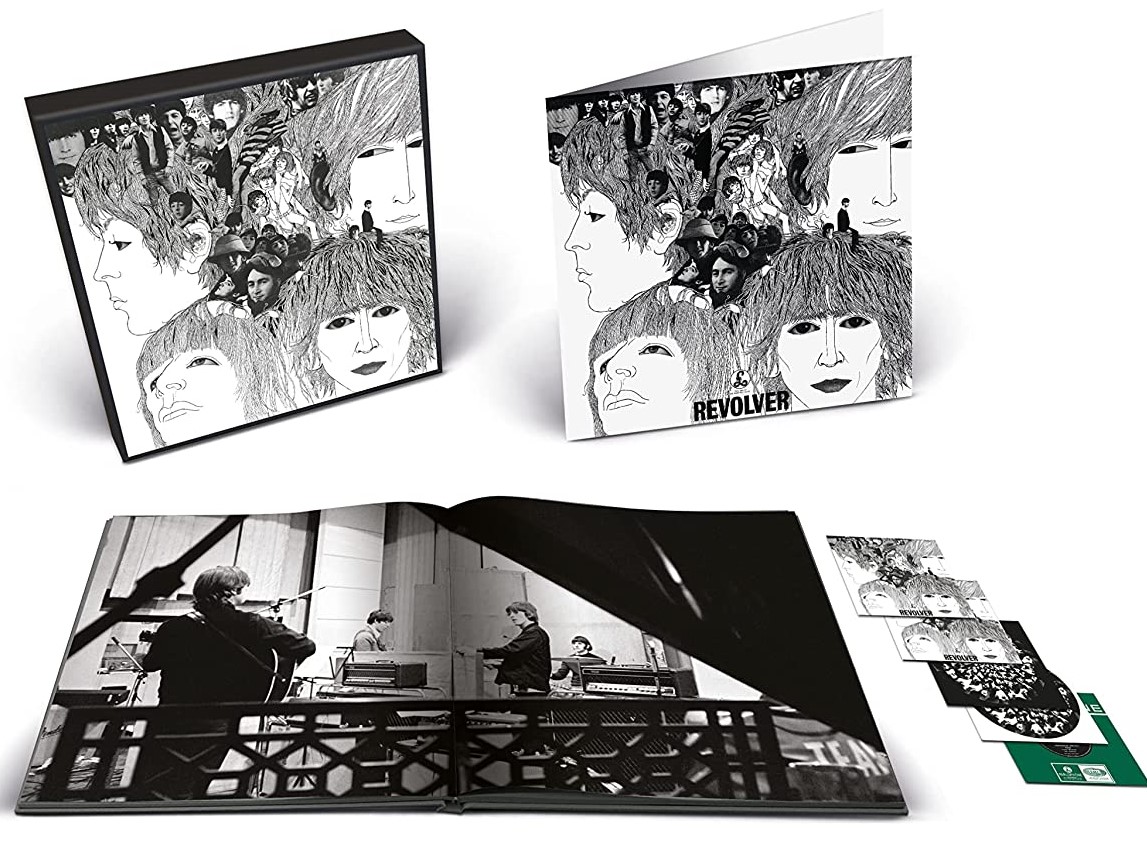 On October 28th, 2022, various new editions of the 14 track “Revolver” album were released that feature the amazing new stereo mix by Giles Martin. The “Special Edition Deluxe 2CD Set” features “Doctor Robert” in its new stereo mix as well as “take seven” from the 1966 session tapes. The “Deluxe Edition,” available as a 5CD box set and a 4LP / 1 EP box set, includes these versions as well as the original mono master from 1966. The 2022 Giles Martin stereo mix of the album was also made available for the first time as a vinyl picture disc for a limited time. On October 28th, 2022, various new editions of the 14 track “Revolver” album were released that feature the amazing new stereo mix by Giles Martin. The “Special Edition Deluxe 2CD Set” features “Doctor Robert” in its new stereo mix as well as “take seven” from the 1966 session tapes. The “Deluxe Edition,” available as a 5CD box set and a 4LP / 1 EP box set, includes these versions as well as the original mono master from 1966. The 2022 Giles Martin stereo mix of the album was also made available for the first time as a vinyl picture disc for a limited time.
Live Performances
It’s unfortunate that, although the entire “Revolver” album was recorded prior to their final US tour, no songs from the album were performed live by the group.
Conclusion
 “I don’t know whether poets think they have to experience things to write about them, but I can tell you our songs are nearly all imagination – 90% imagination. I don’t think Beethoven was in a really wicked mood all the time.” This quote from McCartney in 1966 could easily be applied to “Dr. Robert,” which was written that same year. They may have been well experienced with drugs by that time, but their going to an actual physician to be injected with drugs was not necessary, therefore the encouragement heard in the song to “ring my friend” in order to get them high was purely imagination on their part – imagining the scenario in New York that they had heard about. As Paul said in 1967, “’Doctor Robert’ is like a joke.” “I don’t know whether poets think they have to experience things to write about them, but I can tell you our songs are nearly all imagination – 90% imagination. I don’t think Beethoven was in a really wicked mood all the time.” This quote from McCartney in 1966 could easily be applied to “Dr. Robert,” which was written that same year. They may have been well experienced with drugs by that time, but their going to an actual physician to be injected with drugs was not necessary, therefore the encouragement heard in the song to “ring my friend” in order to get them high was purely imagination on their part – imagining the scenario in New York that they had heard about. As Paul said in 1967, “’Doctor Robert’ is like a joke.”
Song Summary
“Dr. Robert”
Written by: John Lennon / Paul McCartney
-
Song Written: January - April, 1966
-
Song Recorded: April 16 & 19, 1966
-
First US Release Date: June 20, 1966
-
-
US Single Release: n/a
-
Highest Chart Position: n/a
-
British Album Release: Parlophone #PCS 7009 “Revolver”
-
Length: 2:14
-
Key: B major
-
Producer: George Martin
-
Engineers: Geoff Emerick, Phil McDonald
Instrumentation (most likely):
-
John Lennon - Lead and Harmony Vocals, Rhythm Guitar (1965 Epiphone 230TD Casino), Harmonium (Mannborg)
-
Paul McCartney - Bass Guitar (1964 Rickenbacker 4001S), Harmony Vocals
-
George Harrison – Lead Guitar (1964 Gibson SG Standard), Harmony Vocals, maracas
-
Ringo Starr – Drums (1964 Ludwig Super Classic Black Oyster Pearl)
Written and compiled by Dave Rybaczewski
|
IF YOU WOULD LIKE TO MAKE A DONATION TO KEEP THIS WEBSITE UP AND RUNNING, PLEASE CLICK BELOW!
Sign Up Below for our MONTHLY BEATLES TRIVIA QUIZ!
|